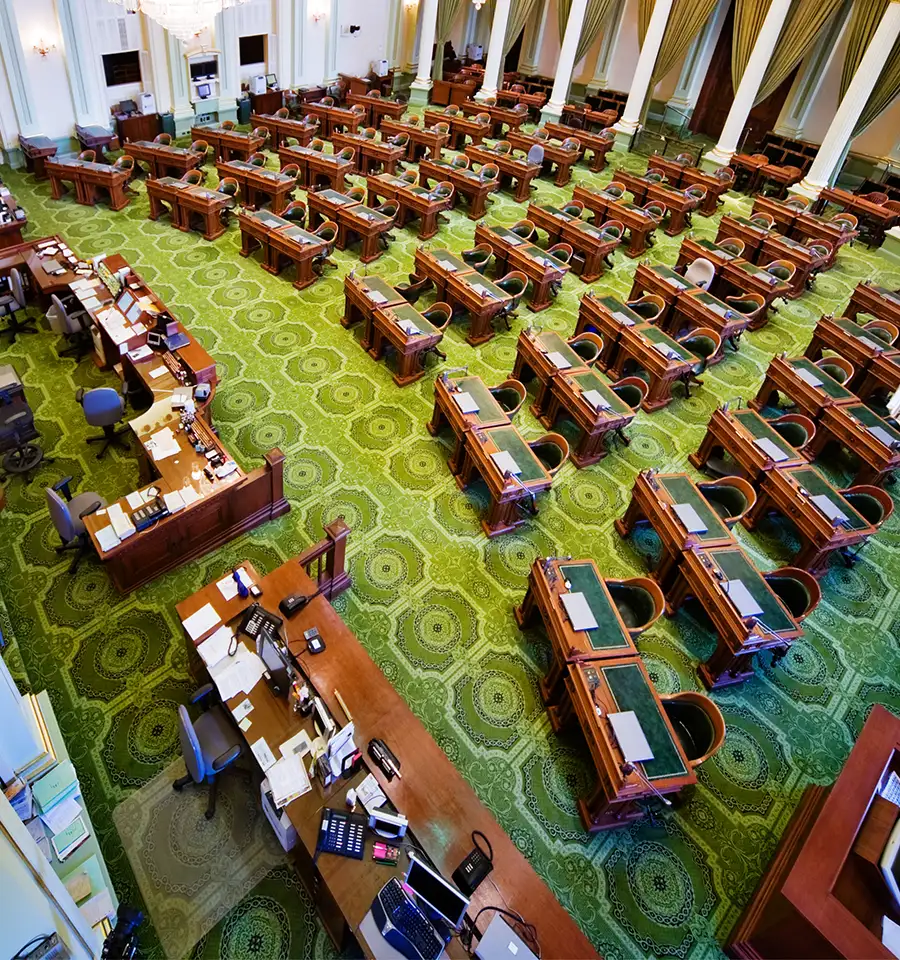
This dispute over local control became even more pronounced in September 2023, when Gov. Gavin Newsom signed Assembly Bill 1078, which made sweeping changes to the school curriculum adoption process, and inserted provisions allowing complaints about curriculum to be filed directly with the county superintendent or the State Superintendent of Public Instruction (SSPI) — thereby removing the ability of local boards to address these issues. The Legislature has continued this push for greater state control, adding language into the Education Budget Trailer Bill, Senate Bill 153, to further buttress AB 1078.
Specifically, SB 153 added Education Code section 244, which prohibits local educational agencies from approving the use of textbooks, instructional materials or curriculum that could “subject a pupil to unlawful discrimination…” as defined by Education Code section 220 and which, as with AB 1078, permits a complaint alleging a violation of the requirement to be filed directly with the SSPI, so long as the complainant provides evidence for the need for the direct filing and why immediate action is necessary. The bill does not specify what level of evidence is required. Upon receiving a complaint, the SSPI may “directly intervene without waiting for an investigation” by the LEA. In addition, by allowing any member of the public to file a complaint, including an anonymous complainant, section 244 opens the door for a larger group to attempt to control local decision-making. SB 153 also added Education Code section 60151, which provides that if the SSPI receives a complaint and finds a violation of section 244, the LEA has 60 days to take corrective action. If the LEA does not do so, the California Department of Education (CDE) “may use any means authorized by law to effect compliance.” Further, a fiscal penalty is required to be assessed against the Local Control Funding Formula (LCFF) allocation of an LEA that is found to have violated section 244.
And, more generally, the Legislature has almost complete authority over the public schools in the state. The California Supreme Court has held that “[t]he public schools of this state are a matter of statewide rather than local or municipal concern; their establishment, regulation and operation are covered by the Constitution and the state Legislature is given comprehensive powers in relation thereto.” (Hall v. City of Taft (1996) 47 Cal.2d 177.) The Court of Appeal has further held that “[t]he Legislature’s power over the public school system has been variously described as exclusive, plenary, absolute, entire, and comprehensive, subject only to constitutional constraints.” (California Teachers Assn. v. Hayes (1992) 5 Cal.App.4th 1513, 1524.)
California is unique in another sense as well. Unlike the U.S. Constitution, which grants power to Congress, the California Constitution is a limitation of power on the Legislature. This means that the Legislature may act as it sees fit, unless such action is expressly or impliedly prohibited by the Constitution. (Campaign for Quality Education v. State of California (2016) 246 Cal.App.4th 896, 905.) As a result, “if there is any doubt as to the Legislature’s power to act in any given case, the doubt should be resolved in favor of the Legislature’s actions.” Id.
Where does that leave LEAs with their unique communities, student populations and financial constraints? They are free to work within the confines of the Legislature’s grant of authority to creatively address their needs, but the Legislature has a significant amount of control over them through its statutory enactments. Generally, only where the Legislature violates the State Constitution will a court step in and overturn a legislative enactment.
Under this legislative structure, absent a constitutional amendment, the Legislature may be tempted to continue its encroachments on local control. To preserve their local authority, LEAs should continue to engage with CSBA’s advocacy against such measures, and the ELA will be ready to step in if there is a constitutional violation.